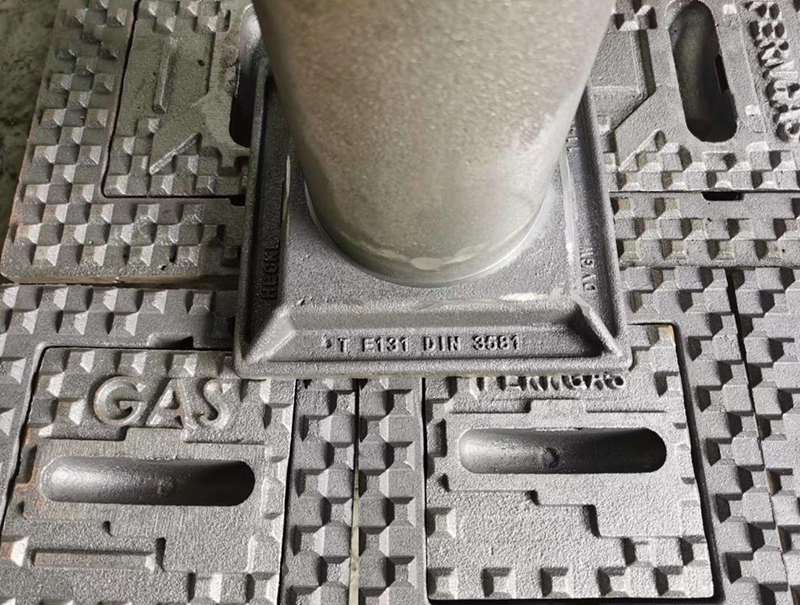
Side milling, also known as peripheral milling, requires that the radial depth of cut be less than 10% of the cutter diameter, meaning ar < 0.1D. This ensures a more controlled cutting process and reduces the risk of tool deflection or chatter.

Face milling, often referred to as end milling, allows for a larger radial depth of cut, up to 90% of the cutter diameter, meaning ar ≤ 0.9D. This technique is ideal for large flat surfaces and provides efficient material removal.

In slot milling, the radial depth of cut is equal to the diameter of the milling cutter, meaning ar = D. Slot milling can be performed using traditional methods (radial feed after axial feed) or ramp milling (axial feed simultaneously). This method is effective for creating deep grooves or slots in materials.

If axial cutting similar to drilling is required, the end teeth of the milling cutter must be centered. When using interpolation for reaming, the depth of the hole should not exceed 75% of the cutting edge length. However, when machining solid materials, the depth should not exceed 0.5 to 1 times the cutter diameter to maintain stability and avoid tool breakage.

In climb milling, the milling cutter rotates in the same direction as the table movement. The cutter enters the workpiece from the surface, where the chip thickness is at its maximum. This creates a clamping force during horizontal milling, which pushes the workpiece toward the table. It’s crucial to ensure there are no gaps in the machine tool’s screws to maintain precision. Climb milling typically results in a smoother surface finish and extends tool life.

In up-cut milling, the milling cutter rotates in the opposite direction to the table's feed. As a result, the tool cuts in from zero chip thickness and gradually increases to the maximum. This can lead to faster tool wear under certain conditions. However, up-cut milling is beneficial when working with hot-rolled hardened steel or materials with surface oxide layers, as it helps prevent tear-out and improves surface quality.
Manhole Cover
Ensure secure access to your underground infrastructure with Manhole Covers. Our high-quality manhole covers are designed to provide durable and reliable solutions for accessing inspection chambers, utility enclosures, and other vital underground structures. Whether you're involved in residential developments, municipal projects, or industrial facilities, our Manhole Covers offer a robust and secure solution for maintaining access points that comply with safety standards and regulations.
Manhole Cover,Street Manhole Cover,Road Sewer Cover,Street Sewer Cover
Dandong Haichuan Machinery Co., Ltd. , https://www.ddhccasting.com






